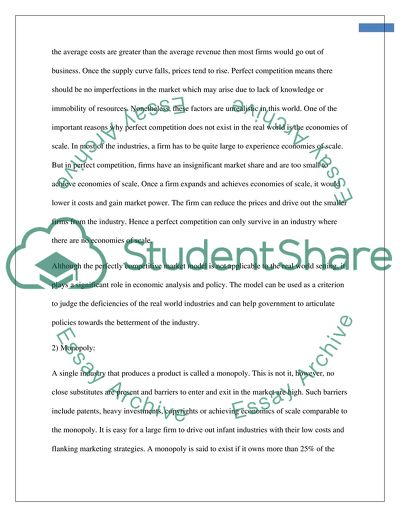Cite this document
(“Microeconomics - Types of Markets Research Paper”, n.d.)
Retrieved from https://studentshare.org/macro-microeconomics/1426919-the-topic-of-my-paper-can-be-anything-related-to-microeconomics
Retrieved from https://studentshare.org/macro-microeconomics/1426919-the-topic-of-my-paper-can-be-anything-related-to-microeconomics
(Microeconomics - Types of Markets Research Paper)
https://studentshare.org/macro-microeconomics/1426919-the-topic-of-my-paper-can-be-anything-related-to-microeconomics.
https://studentshare.org/macro-microeconomics/1426919-the-topic-of-my-paper-can-be-anything-related-to-microeconomics.
“Microeconomics - Types of Markets Research Paper”, n.d. https://studentshare.org/macro-microeconomics/1426919-the-topic-of-my-paper-can-be-anything-related-to-microeconomics.


